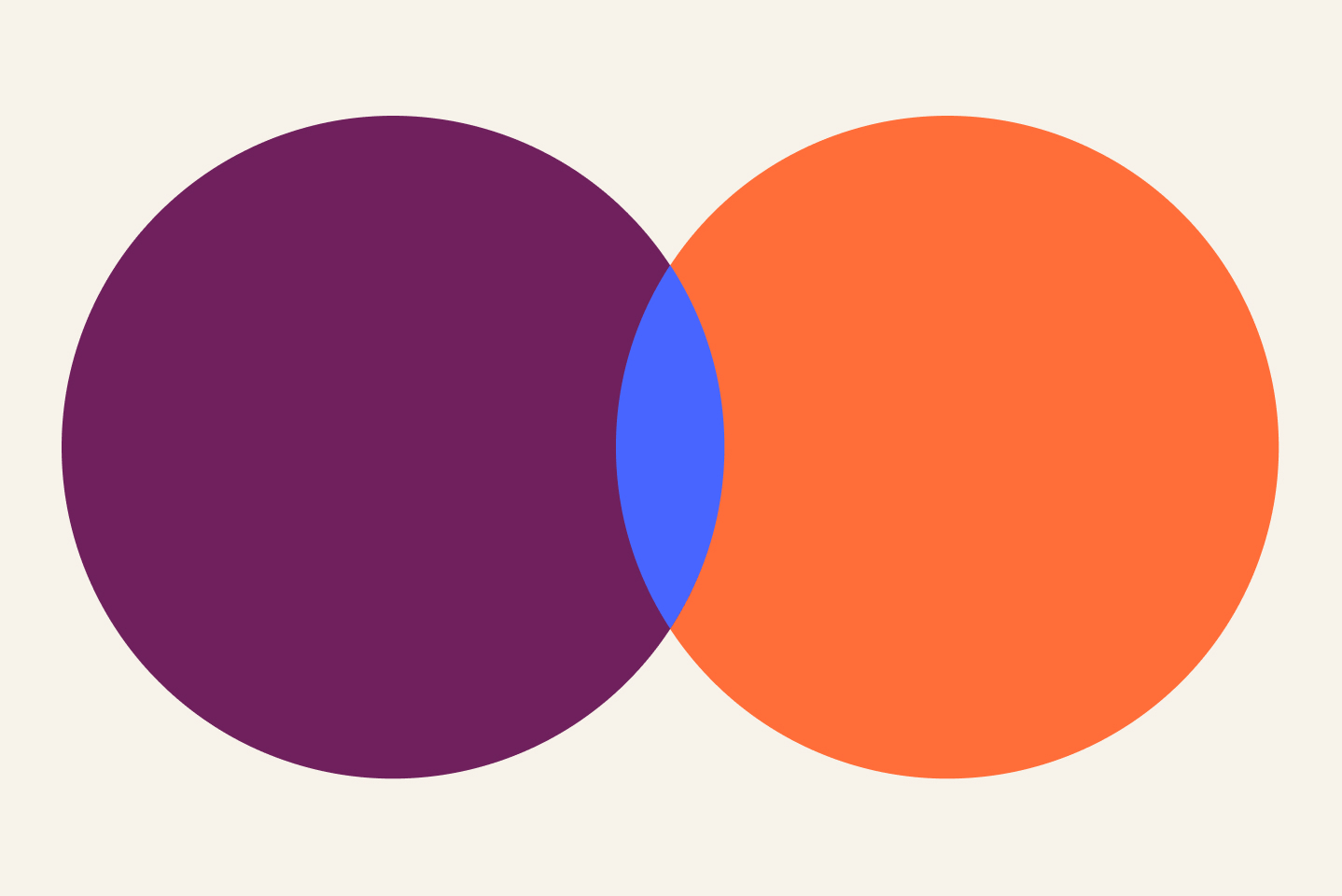In our first piece on value-based care, we focused on the foundational work: building trust, aligning teams, and getting everyone moving in the same direction. Once that groundwork is laid, the next challenge is figuring out how to build a tech stack that actually supports those goals and prepares your team to deliver on them.
Technology plays a big role. The operators who are making the biggest strides tend to have systems that are integrated, intuitive, and built to support proactive care.
In this piece, we'll walk through the core components of a tech stack that can actually support value-based care, and why getting this part right can make everything else a little easier.
VBC tech stack components
.png)
Integrated Care Platforms: An integrated care platform brings together essential tools like the EHR, eMAR, and point-of-care documentation into one connected system.
- When everything is in one place, teams can spend less time toggling between systems and more time focused on care. It also creates a clearer picture of resident needs by enabling more consistent documentation, early flags for rising risk residents, and simplified reporting.
Proactive Intelligence and Advanced Analytics: This refers to data systems that surface real-time insights – from individual residents to portfolio-wide trends – without requiring manual data collection or analysis. It often includes dashboards that track clinical and operational metrics over time.
- Key priorities include identifying important trends related to incidents, acuity, and staffing levels, which together provide insights to drive high performing communities with predictable and healthy care margins. With the right analytics in place, communities can spot issues early, standardize care quality, mitigate risk, and ensure accountability across teams.
Remote Patient Monitoring (RPM) Tools: RPM tools collect health data passively or continuously – like vitals, sleep patterns, or movement – without needing staff to initiate each reading. It can include wearables and connected diagnostic devices.
- When this data flows into the EHR and is paired with an empowered care team, it can support more timely, targeted interventions.
AI-Powered Sensors: AI-powered sensors track resident and caregiver activity as well as environmental changes to automatically alert teams when there are concerning trends or elevated risk.
- These tools identify the small deviations in behavior that often precede big shifts in health status (e.g., significant events like infections and falls) and can also reveal care gaps by tracking caregiver presence and interaction patterns over time.
Acuity-Based Staffing Tools: Acuity-based staffing tools use real-time acuity data to guide staffing levels and schedules to reflect the actual needs of the community on a day-to-day basis.
- When acuity and staffing are better aligned, communities can deliver care more effectively and reduce unnecessary strain on staff. And when that same data informs billing and reimbursement, operators can ensure the resources required for care are reflected in the revenue needed to sustain it.
How they all work together
Capturing data is only one piece of the puzzle. Using the data you capture to make smarter decisions and improve ways of working is arguably the biggest hurdle.
Accurate, comprehensive individual resident data translates to better community-wide data, which ultimately allows you to make smarter operational decisions, from staffing needs to med pass workflows, re-assessment triggers, and more accurate service plans.
For example, AI and sensor-based monitoring can allow you to identify fall risk and make an intervention before the fall occurs. Or, if a resident falls but sufficient action is not taken, your EHR can then notify you that it is time to reassess the resident and update their care plan accordingly.
Or perhaps your acuity-based staffing tool will notify you that the care needs in a particular community are slowly creeping upward, and that you should adjust your staffing model in order to maintain quality care and happy care teams.
Better yet, when platforms are integrated and “talk” to one another, it becomes easier to automate tasks, reduce manual work, and keep everything running smoothly behind the scenes. If your EHR syncs with your staffing platform, the staffing platform can interpret resident data and implement acuity-based staffing, aligning the right staff with the right care needs.
Why it matters
The success of value-based care in senior living hinges on the effectiveness of a strong tech stack. When systems are outdated, siloed, or heavily reliant on manual entry, the core aims of value-based care - improving resident outcomes, enhancing operational efficiency, and generating measurable value - become harder to achieve.
A modern, well-integrated tech stack makes all the difference once the operational foundation is in place. Care teams operate more efficiently, key insights surface when they matter most, and day-to-day operations stay aligned with clinical priorities and broader operational goals.
Request a demo today to see how August Health can support your business.

.png)
